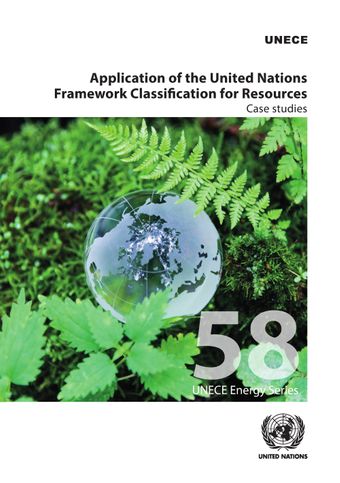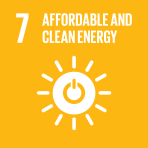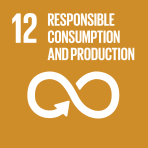- Home
- Books
- Application of the United Nations Framework Classification for Resources: Case Studies
- Chapter
Application of UNFC to phosphate rock - uranium resources: A case study of the el-sebaeya projects, Nile valley, Egypt

- Authors: Mohamed Taha and Harikrishnan Tulsidas
- Main Title: Application of the United Nations Framework Classification for Resources: Case Studies , pp 18-28
- Publication Date: 9月 2020
- DOI: https://doi.org/10.18356/ae5e7da5-en
- Language: 英語
The world is facing an unprecedented energy challenge. Global energy demand is projected to rise by over 50 per cent by 2040 [1]. The urgent need to reduce greenhouse gas emissions will require that much of this growth is supplied by low-carbon energy sources. Independent global institutions are agreed that it will be very difficult to achieve this without the significantly increased deployment of nuclear energy. The Intergovernmental Panel on Climate Change (IPCC) stresses the urgency on the need to use all available low-carbon technologies to avert climate change. Nuclear energy and renewable energy are the key elements of a low-carbon energy system, along with carbon capture and storage (CCS) [2]. The International Energy Agency (IEA) and the Organisation for Economic Co-operation and Development (OECD) Nuclear Energy Agency (NEA) have projected that nuclear capacity will need to double by 2050 [3]. In tandem with the anticipated growth in nuclear energy, uranium requirements will also increase sharply in the future [4]. This will require looking at all available options for the supply of uranium – both conventional and unconventional resources.
-
From This Site
/content/books/9789210045254c005dcterms_title,dcterms_subject,pub_keyword-contentType:Journal -contentType:Contributor -contentType:Concept -contentType:Institution105


